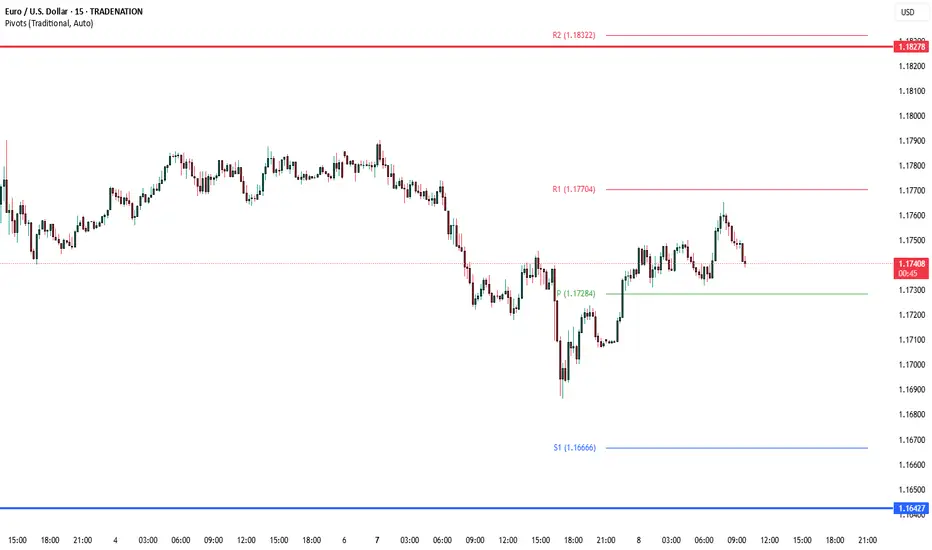Data Releases:
United States:
NFIB Small Business Optimism (June): Offers insights into the health of the US small business sector. A lower-than-expected reading may point to rising concern over economic conditions and future earnings amid persistent inflation and tight credit.
NY Fed 1-Year Inflation Expectations: Closely watched for signs of shifting consumer sentiment. Any uptick could reinforce expectations of policy caution from the Fed.
Consumer Credit (May): Indicates household borrowing trends. A sharp slowdown may reflect waning consumer confidence or the impact of high interest rates.
Japan:
Economy Watchers Survey (June): A forward-looking gauge of economic sentiment among service sector workers. Deterioration would suggest weakening domestic demand.
Bank Lending (June): Reflects the availability and uptake of credit; slowing lending growth would hint at weakening economic momentum.
May BoP Current Account & Trade Balance: Current account surplus strength often reflects export health and foreign income. A narrowing surplus may indicate external demand headwinds.
Germany & France:
May Trade and Current Account Balances: Provide signals on Eurozone’s external sector strength. Germany’s export engine will be in focus given recent signs of industrial weakness. France’s figures will also be monitored for imbalances amid sluggish domestic demand.
Central Bank Developments:
Reserve Bank of Australia (RBA) Policy Decision:
The RBA held rates steady, as expected, amid persistent inflation in services. While the bank acknowledged progress on headline inflation, it retained a tightening bias, citing risks from strong wage growth and sticky price pressures. Markets are increasingly sensitive to signs of future hikes, particularly with global central banks pivoting toward a more dovish stance.
European Central Bank (ECB):
ECB’s Joachim Nagel reiterated a cautious tone, emphasizing the need for data-dependency in future policy moves. He signaled concern about upside risks to inflation, especially from services, reinforcing the ECB’s slow path to easing despite recent rate cuts. His comments support market pricing of only gradual rate reductions through the remainder of 2025.
This communication is for informational purposes only and should not be viewed as any form of recommendation as to a particular course of action or as investment advice. It is not intended as an offer or solicitation for the purchase or sale of any financial instrument or as an official confirmation of any transaction. Opinions, estimates and assumptions expressed herein are made as of the date of this communication and are subject to change without notice. This communication has been prepared based upon information, including market prices, data and other information, believed to be reliable; however, Trade Nation does not warrant its completeness or accuracy. All market prices and market data contained in or attached to this communication are indicative and subject to change without notice.
United States:
NFIB Small Business Optimism (June): Offers insights into the health of the US small business sector. A lower-than-expected reading may point to rising concern over economic conditions and future earnings amid persistent inflation and tight credit.
NY Fed 1-Year Inflation Expectations: Closely watched for signs of shifting consumer sentiment. Any uptick could reinforce expectations of policy caution from the Fed.
Consumer Credit (May): Indicates household borrowing trends. A sharp slowdown may reflect waning consumer confidence or the impact of high interest rates.
Japan:
Economy Watchers Survey (June): A forward-looking gauge of economic sentiment among service sector workers. Deterioration would suggest weakening domestic demand.
Bank Lending (June): Reflects the availability and uptake of credit; slowing lending growth would hint at weakening economic momentum.
May BoP Current Account & Trade Balance: Current account surplus strength often reflects export health and foreign income. A narrowing surplus may indicate external demand headwinds.
Germany & France:
May Trade and Current Account Balances: Provide signals on Eurozone’s external sector strength. Germany’s export engine will be in focus given recent signs of industrial weakness. France’s figures will also be monitored for imbalances amid sluggish domestic demand.
Central Bank Developments:
Reserve Bank of Australia (RBA) Policy Decision:
The RBA held rates steady, as expected, amid persistent inflation in services. While the bank acknowledged progress on headline inflation, it retained a tightening bias, citing risks from strong wage growth and sticky price pressures. Markets are increasingly sensitive to signs of future hikes, particularly with global central banks pivoting toward a more dovish stance.
European Central Bank (ECB):
ECB’s Joachim Nagel reiterated a cautious tone, emphasizing the need for data-dependency in future policy moves. He signaled concern about upside risks to inflation, especially from services, reinforcing the ECB’s slow path to easing despite recent rate cuts. His comments support market pricing of only gradual rate reductions through the remainder of 2025.
This communication is for informational purposes only and should not be viewed as any form of recommendation as to a particular course of action or as investment advice. It is not intended as an offer or solicitation for the purchase or sale of any financial instrument or as an official confirmation of any transaction. Opinions, estimates and assumptions expressed herein are made as of the date of this communication and are subject to change without notice. This communication has been prepared based upon information, including market prices, data and other information, believed to be reliable; however, Trade Nation does not warrant its completeness or accuracy. All market prices and market data contained in or attached to this communication are indicative and subject to change without notice.
Disclaimer
The information and publications are not meant to be, and do not constitute, financial, investment, trading, or other types of advice or recommendations supplied or endorsed by TradingView. Read more in the Terms of Use.
Disclaimer
The information and publications are not meant to be, and do not constitute, financial, investment, trading, or other types of advice or recommendations supplied or endorsed by TradingView. Read more in the Terms of Use.
